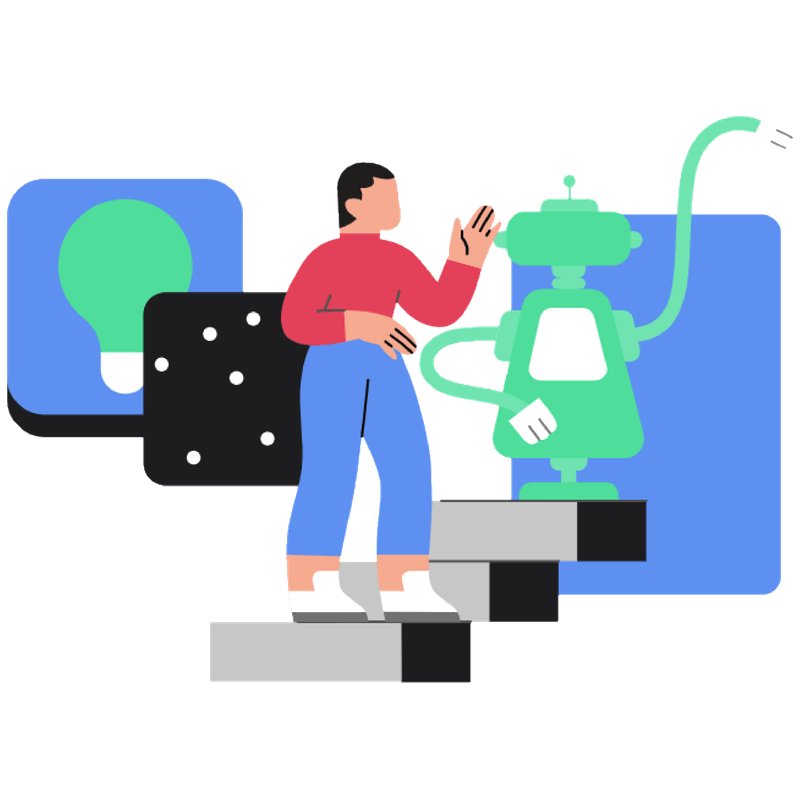
What is On-page SEO and What are the Principles for Using it?
Aug 23rd 2023
Of all the SEO improvements you can make, one of the ones you have most control over is on-page optimisation. The tactic of improving your pages to earn more traffic through being more relevant to search queries, on-page SEO is something everyone can do. Our goal is to craft a page that helps the searcher achieve their goal, answering the intent of their search. Your efforts should focus on being as relevant and helpful as possible. Websites come in all shapes and sizes, but no matter the subject matter or page layout, the set of on-page principles detailed below apply.

1. Create better title tags
This element is the title tag, manifesting as the blue link within search results and serving as the primary heading when a page is shared on social media. This provides us with the opportunity for dual optimization.
Firstly, we can embed our central keyword theme(s) within it to communicate to search engines the essence of this page's content, ideally positioning them towards the outset.
Secondly, we can construct captivating titles that command attention. Employing this approach to stand out amidst search results can yield additional clicks. Naturally, the strategy for achieving this varies based on your target audience and the nature of the page at hand. A title tag for a product description page diverges significantly from that of a blog post.
Review all your pages and evaluate your titles. Are you extracting the fullest potential from your keywords? Are your titles maximally engaging and fitting? Each page warrants a distinct title tag, with tags ideally spanning 65 characters or fewer in length.
2. Use more interesting meta descriptions
Much like your title tags, meta descriptions provide a straightforward yet remarkably potent means of enhancing your SEO. Meta descriptions play the role of generating the brief paragraph of text situated beneath a page's title in search results.
These descriptions are concise descriptions of what you’ll find on the page. While they don't directly impact rankings, they wield influence over click-through rates – a well-crafted meta description has the power to distinguish a result amidst its counterparts!
Hence, dedicating time to assess your meta descriptions and craft the most effective ones is a pivotal optimisation step – essentially, these descriptions serve as advertisements for your pages, so their appeal should be maximised.
To start, examine the Search Console for descriptions that Google suggests could benefit from enhancement. Subsequently, utilising a software tool known as a crawler, we can navigate through the entire website and identify pages featuring deficient or unattractive meta descriptions.
3. Have sensible URLs
Let's talk about something a bit technical – most websites can take a look at and improve their website addresses, especially when making new pages. Creating URLs that are short, easy to read, and include important keywords can make a big difference.
Here are some simple tips to keep in mind: use hyphens instead of underscores and add your main keyword to the beginning of the URL. If you can, make the URL short and straightforward while showing the structure of your website.
4. Make the most of your images
I bet your new website has some really nice pictures. But are you using them the best way you can?
Make sure you've made the pictures as small as they can be, so they load quickly. Also, give them a name that describes what's in the picture, and use alt tags to add text that tells search engines what the picture shows.
5. Have clear headings
The main title of your page tells both visitors and search engines what the page is discussing. We use heading tags to define what's a main heading or a subheading on the page. The H1 tag is usually used for the main title, and many website systems do this automatically.
Go through your H1 tags on your website. Are they all accurate descriptions of the page's content? Do they include the main keyword? And do they match the title tag in describing what the page is about?
It's not a good idea to tell people one thing with the title tag and then have a different main title. Avoid using the same keywords over and over in your subheadings – try using different words and natural language to explain your content.
6. Improve your content
Ending with a big topic – the widest one. Take a good look at the stuff you have on your page. Does it really talk about the main thing you're focusing on? Did you include all the different ways people might look for this? Did you answer common questions people might have? Is your writing really good to keep people interested?
Search engines really like good stuff, so you want to make your page as good as you can each time. Check out who's doing well for the keywords you care about. How can you make something better than theirs? How can you help solve problems?

By submitting you agree to receive newsletters as well as other promotional emails from Steppit. You may withdraw your consent at any time via the “Unsubscribe” link in any email or view our privacy policy at any time.
Read More


How to Film Videos for Your Course
The most exciting part of your course has come, it’s now time to film your videos! Many people get…

Plan your course in 5 minutes with AI
Steppit makes it easy to create and sell online courses, with the help of your AI assistant.